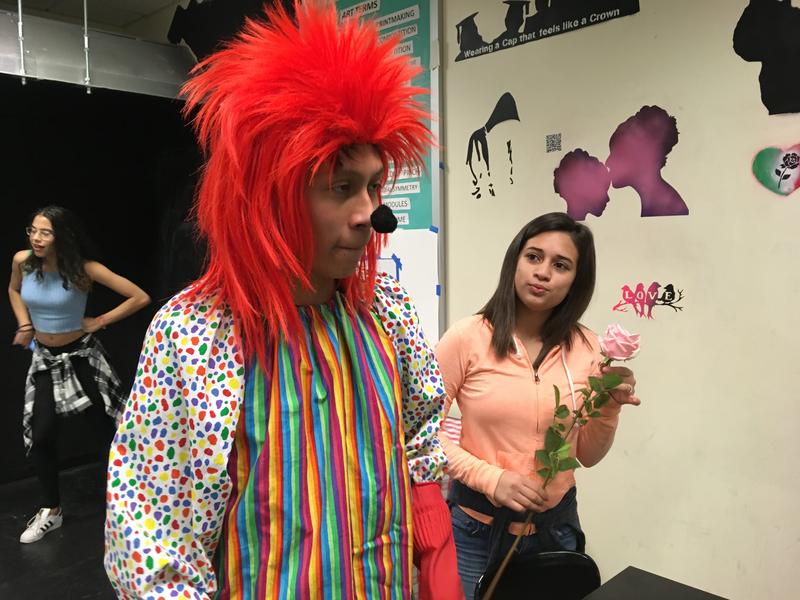
Conspiracy theories and fake news have an easy, open door to the teenage mind. Did you hear about the theory that the Middle Ages never even happened? Or the Sept. 11 prophecy on the back of the $5 bill?
For Courtney Plummer, a junior at Humanities Preparatory Academy in Manhattan, reading about conspiracies is pure entertainment.
"It’s just a guilty pleasure," said Plummer. "It’s nice to think of alternatives to how things are actually run."
Courtney said she takes in media skeptically (she's mainly on Snapchat and Instagram these days). But others don't. And they admit it.
Ashley Minchala, a junior at Sunset Park High School, spoke candidly about how she easily absorbs headlines that flit across her social media feeds.
"I don’t know about other teens but I know when I look at that I’m like 'woh,' and I believe it like that," she said, snapping her fingers for effect. "I don’t take time to think about it."
But Minchala has been giving the idea of conspiracy theories and fake news more thought as part of a media studies class that asks students to explore social issues through art. A current lesson asks students to investigate false and sensationalized news stories and then use photography to create commentary on them.
"They’re deconstructing media on their own terms," said Jeremy Nadel, their teacher. "They’re doing some fact checking, and they’re sort of reinterpreting a story through satire or they're commenting on it — which is a classic form of art."
Buying into fake news and conspiracy theories is clearly not just a young person's problem. But Nadel's high school lesson comes at a time when a recent study showed that teenagers lacked basic media savvy.
Researchers from the Stanford History Education Group found that young people, ranging from middle school to college, had trouble deciphering real news from sponsored content. Students, they said, did not stop to consider authorship and who may be behind the information posted on a website.
"What was shocking was just how common it is that students accept information at face value," said Teresa Ortega, a co-author of the study.
She said informed students should ask questions such as: Who is behind this information? What is the evidence? What do other sources have to say about this?
"We know that teachers and librarians are teaching their students critical-thinking skills," said Ortega. "But because of the quick changes in technology and just because of the environment online, we're being outpaced."
She said the Stanford research group plans to tackle the issue by developing curriculum for media literacy.
